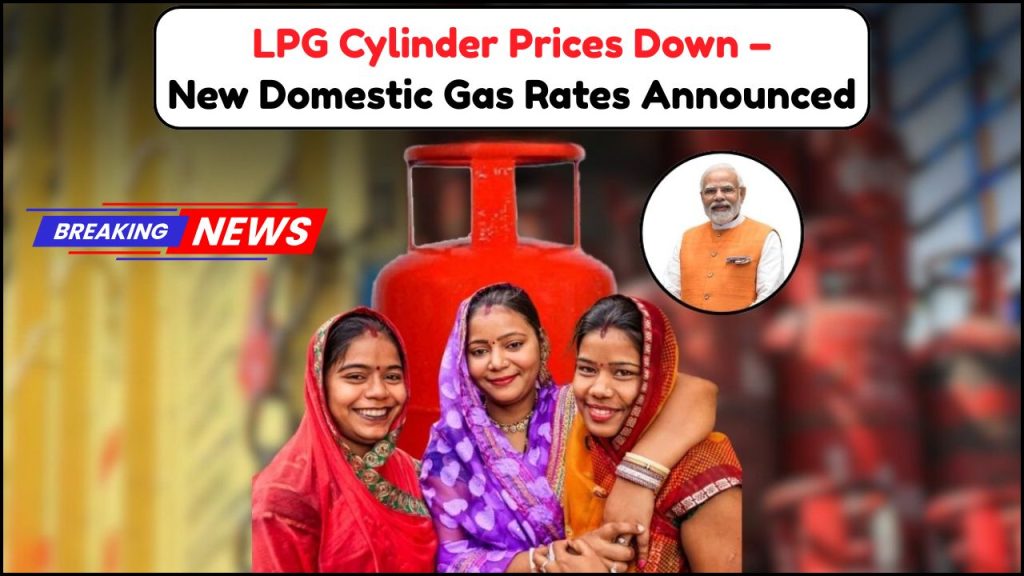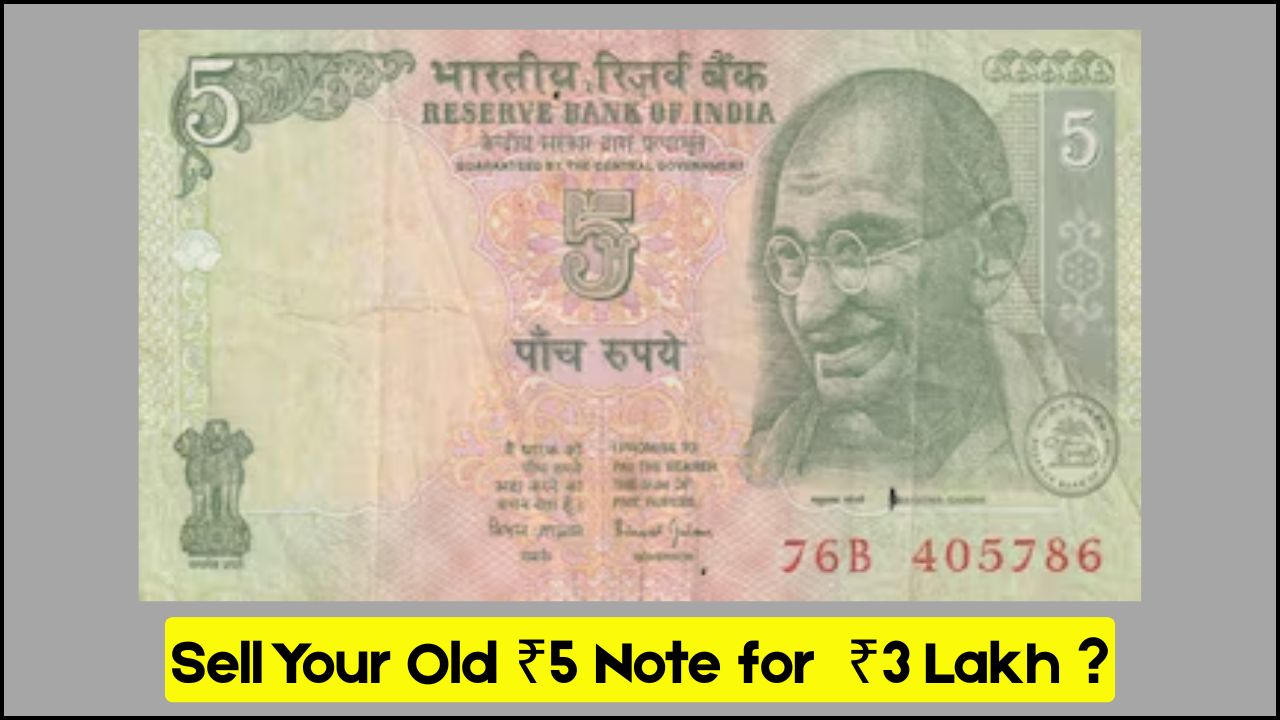
Indian families struggling with mounting household expenses have finally received some welcome news. The government has announced a significant reduction in LPG cylinder prices across the country, bringing much-needed relief to millions of households. This price cut, specifically targeting domestic LPG cylinders, comes at a time when inflation has been squeezing family budgets nationwide.
The announcement has been met with widespread relief, particularly among middle and lower-income families who depend heavily on LPG for their daily cooking needs. With the festive season approaching and wedding ceremonies in full swing, this price reduction couldn’t have come at a better time for Indian consumers.
Table of Contents
Understanding the Price Reduction: What’s Behind the Government’s Decision?
The recent LPG price cut isn’t just a random policy decision – it’s the result of several converging factors that have influenced the government’s approach to fuel pricing. The most significant driver has been the stabilization of global crude oil prices, which directly impacts LPG costs since petroleum products are derived from crude oil.
Political pressure has also played a crucial role in this decision. Consumer rights groups and opposition parties have been consistently raising concerns about the rising cost of living, particularly the impact on essential commodities like cooking gas. With several state elections on the horizon, the government has been under increasing pressure to address these concerns proactively.
The timing of this price reduction is particularly strategic. As families prepare for the upcoming festive season, increased cooking activities typically lead to higher LPG consumption. By reducing prices now, the government aims to ease the financial burden during this period of heightened domestic activity.
Additionally, the government’s commitment to subsidy management and inflation control has been a key factor. The administration has been working to balance the need for market-based pricing with the social responsibility of keeping essential commodities affordable for common households.
City-Wise Price Breakdown: How Much Will You Save?
The price reduction varies slightly across different cities due to regional transportation costs and local tax structures. However, the government has ensured that the benefit reaches consumers uniformly across the country.
| City | Previous Price (₹) | New Price (₹) | Savings (₹) |
|---|---|---|---|
| Delhi | 903 | 853 | 50 |
| Mumbai | 902.50 | 852.50 | 50 |
| Kolkata | 929 | 879 | 50 |
| Chennai | 918.50 | 868.50 | 50 |
| Bengaluru | 905.50 | 855.50 | 50 |
| Hyderabad | 955 | 905 | 50 |
| Ahmedabad | 910 | 860 | 50 |
| Chandigarh | 912 | 862 | 50 |
The consistent ₹50 reduction across major cities demonstrates the government’s commitment to ensuring equitable relief for consumers nationwide. For families using one cylinder per month, this translates to annual savings of ₹600, which may seem modest but represents meaningful relief for budget-conscious households.
Commercial vs Domestic LPG: Different Markets, Different Impacts
While domestic consumers celebrate the price reduction, it’s important to understand how this change affects different segments of the LPG market. The government maintains separate pricing structures for domestic and commercial cylinders, each serving different purposes and consumer bases.
| Cylinder Type | Weight | Old Price (₹) | New Price (₹) | Reduction (₹) |
|---|---|---|---|---|
| Domestic | 14.2 kg | 903 | 853 | 50 |
| Commercial | 19 kg | 1,769 | 1,709 | 60 |
Commercial establishments like restaurants, hotels, and small industries also benefit from this price reduction, though they experience different pricing dynamics. Commercial LPG prices are more directly exposed to global market fluctuations since they don’t receive the same level of government subsidization as domestic cylinders.
This distinction is crucial for consumers to understand, as domestic cylinders are either subsidized or partially subsidized by the government, while commercial cylinders operate on more market-driven pricing mechanisms.
Digital Age Convenience: Checking LPG Prices Online
In today’s digital era, consumers no longer need to call their gas agency or visit physically to check current prices. The three major LPG suppliers in India have developed comprehensive online platforms and mobile applications that provide real-time pricing information.
Indane (Indian Oil Corporation): Consumers can visit the official website at indane.co.in or download the Indane mobile app. The platform provides city-wise pricing, booking facilities, and subsidy status checking.
HP Gas (Hindustan Petroleum): The myhpgas.in portal offers comprehensive services including price checking, online booking, and customer service options.
Bharat Gas (Bharat Petroleum): The ebharatgas.com website provides similar services with user-friendly interfaces for price checking and cylinder booking.
To check prices, consumers simply need to navigate to the ‘Check LPG Prices’ section on any of these platforms, enter their city or pin code, and view the latest rates. This transparency in pricing has significantly improved consumer awareness and helped people make informed decisions about their LPG usage.
Subsidy System and Direct Benefit Transfer: How It Works
The government’s Direct Benefit Transfer (DBT) system has revolutionized how LPG subsidies reach consumers. This system ensures that subsidies go directly to eligible consumers rather than being absorbed by intermediaries in the supply chain.
Under the current system, eligible consumers pay the full market price at the time of delivery. The subsidized amount is then directly credited to their linked bank account within a few days. This approach has several advantages: it reduces leakage in the subsidy system, ensures that only eligible consumers receive benefits, and provides greater transparency in the process.
However, the system requires consumers to maintain updated Know Your Customer (KYC) documentation and link their Aadhaar cards to their LPG connections. Consumers can check their subsidy status through their gas provider’s portal or the dedicated LPG Seva mobile application.
Smart Tips to Maximize Your Savings
While the price reduction provides immediate relief, smart consumers can further optimize their LPG usage to maximize savings. Here are practical tips that can help reduce your monthly gas consumption:
Invest in efficient cooking equipment: Using ISI-marked gas stoves ensures optimal fuel efficiency. These stoves are designed to provide better flame control and complete combustion, reducing gas wastage.
Adopt batch cooking practices: Cooking multiple dishes simultaneously or in sequence helps utilize residual heat from the stove, reducing overall gas consumption.
Maintain your equipment: Regular cleaning of burners ensures proper gas flow and efficient combustion. Clogged burners can increase gas consumption by up to 20%.
Use proper cookware: Cooking with lids reduces cooking time significantly, as it traps heat and steam. Similarly, using appropriate pot sizes for your burner ensures maximum heat transfer efficiency.
Schedule regular maintenance: Annual servicing of your gas connection prevents leaks and ensures optimal performance. Even small leaks can result in significant gas wastage over time.
Consumer Response and Market Outlook
The price reduction has generated overwhelmingly positive responses from consumers across the country. Social media platforms have been flooded with messages of relief and appreciation, particularly from middle-class families who have been struggling with rising household expenses.
However, some consumers remain cautiously optimistic, remembering previous instances where price reductions were followed by increases. Market analysts suggest that the sustainability of these reduced prices will largely depend on global crude oil trends and government fiscal policies.
Industry experts predict that this price reduction could stimulate increased LPG consumption, particularly in rural areas where price sensitivity is higher. This could potentially accelerate the government’s goal of achieving universal LPG coverage and reducing dependence on traditional cooking fuels.
The timing of this announcement, coinciding with the festive season, is expected to boost consumer sentiment and potentially increase overall household spending in other sectors as well.
Looking Ahead: Sustainability and Future Projections
While the current price reduction brings immediate relief, long-term sustainability remains a key concern. The government’s ability to maintain these lower prices will depend on various factors, including global crude oil prices, domestic inflation trends, and fiscal constraints.
Energy experts suggest that consumers should view this price reduction as part of a broader transition toward cleaner cooking fuels. The government’s push for LPG adoption aligns with environmental goals and public health objectives, particularly in rural areas where traditional cooking methods contribute to indoor air pollution.
The success of this price reduction will likely be measured not just in terms of immediate consumer relief but also in its contribution to broader economic stability and household welfare improvements across the country.
Frequently Asked Questions
Q: When will the new LPG prices be effective?
A: The new reduced prices are effective immediately across all major cities in India.
Q: Will the subsidy amount also change with the new prices?
A: Subsidy amounts are calculated separately and will be adjusted according to the new pricing structure.
Q: Do I need to do anything to get the reduced price?
A: No, the reduced prices will automatically apply to your next cylinder purchase.









